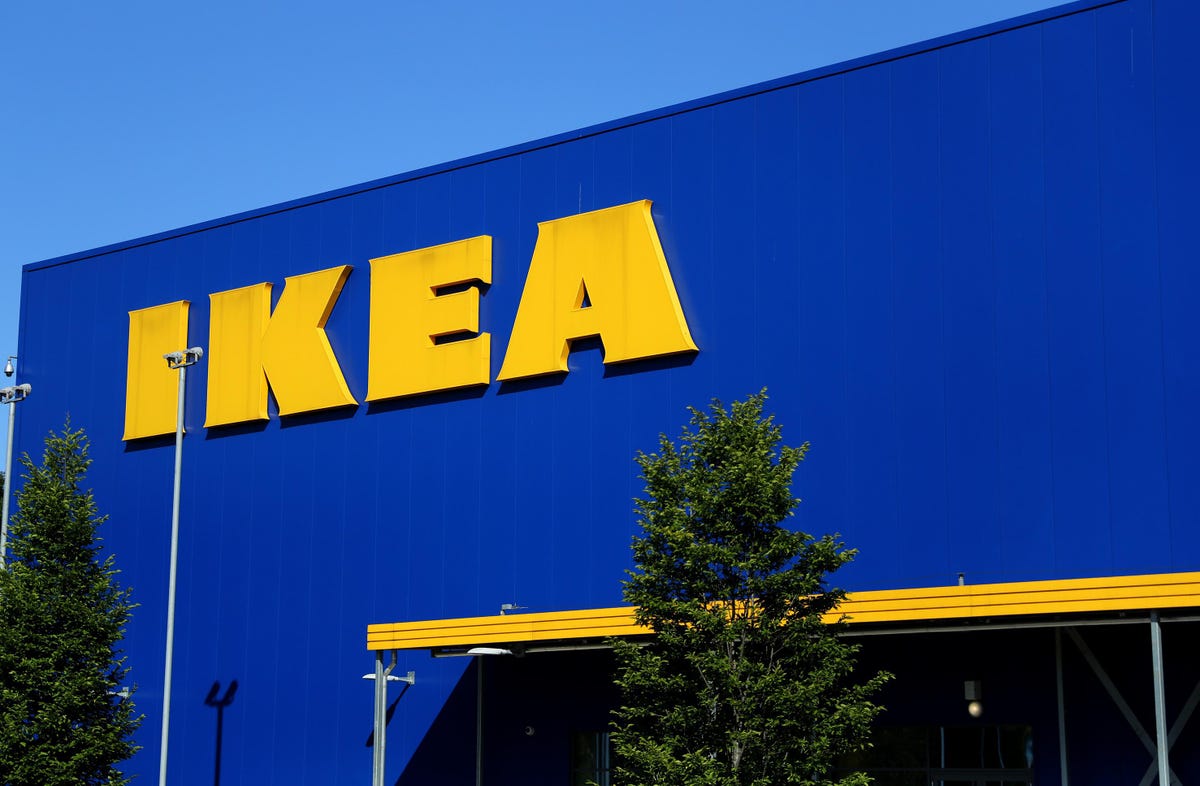
IKEA shares its vision, and it’s one that is customer-focused: “… to create a better everyday life … [+]
Gary Chervitz is a friend and faithful subscriber to The Shepard Letter, my weekly customer service newsletter. He shared an interesting email he received from IKEA, the Scandinavian furniture and housewares retailer, that apologized and acknowledged the problems they have had keeping up with the high demand for their products. Chervitz felt this was one of the best customer letters he had ever received. I agree, and there is much to learn from it. First, I’ll share the letter, and then I’ll break it down with some learning points.
Hej IKEA Customer:
Thank you so much for thinking of IKEA for your home. We know that the lingering effects from the events of the last year continue to impact our homes. Playrooms turned into classrooms, kitchens into cafeterias and corner desks into home offices. We’ve all needed to depend on our homes—and everything in them—more than ever.
And like many other retailers, we faced an unprecedented demand for our products that the supply was not prepared to accommodate. We actively sought out new ways to address these supply issues in order to continue to bring sustainable and affordable home furnishings to as many people as possible.
We’ve committed ourselves to creating solutions for you so our ultimate vision can remain the same: to create a better everyday life for the many people.
We’ve investigated new ways to streamline our delivery service and source our materials without compromising the high standards we hold for our suppliers.
Our Customer Service offerings have also been expanded so that we can answer all of your questions and continue to prioritize the safety of both our employees and our customers. We want you to know that maintaining a high-quality customer experience from start to finish remains a top priority and we will never stop striving to maintain our values.
MORE FOR YOU
Thank you for your continued support and we look forward to brighter (and even more sustainable) days to come.
With thanks,
Alison
IKEA U.S. Customer Experience Manger
Our vision of “creating a better everyday life for the many people” embraces co-workers, customers, suppliers and their local communities.
So, let’s break it down.
1. The Salutation: While this isn’t necessarily all that important, it’s still worth mentioning. In the greeting, they used the word Hej, the Swedish word for Hello, which ties to their Scandinavian culture. It’s a minor point, but worth noting. The only thing that I might have done differently is substituted Gary’s name instead of using the word customer.
2. A Thank You: The first words in the body of the letter are “thank you.” Customers love to be appreciated and we shouldn’t miss opportunities to let them know that they are. At the top of the letter is a powerful place to do it. By the way, they said thank you at the end as well.
3. Expressing Empathy: The second sentence is an empathy statement. Everyone can relate to the changes people made in their homes to accommodate their kids’ education and new work-from-home office arrangements. If you weren’t forced to experience this, you know people who were. Empathy has been more important than ever, and customers gravitate toward companies that show it.
4. Taking Responsibility: The second paragraph is the reason for the letter. They are acknowledging a problem that they are not trying to hide or turn their back on. They accept responsibility for the problem. This is a level of accountability that customers love.
5. The “Why”: IKEA shares its vision, and it’s one that is customer-focused: “… to create a better everyday life for the many people.” It’s simple and direct. And you’ll notice they come back to it at the end of the letter, where they expand on who “the many people” are, which includes more than just their customers. That is important to them.
6. Building Trust: The next two paragraphs are about what IKEA is doing to resolve the issue. First, they are not willing to compromise their high standards. Second, they are emphasizing their customer service, putting in writing that they are committed to maintaining the experience their customers are used to. This creates confidence, which leads to trust.
The IKEA letter had everything you would want in any type of communication, not just an email or letter, that is acknowledging a problem or bad news: appreciation, empathy, responsibility, vision/leadership and trust. So, the next time you have to share bad news, take a look at these points. They establish a foundation for showing your commitment to your customers.




